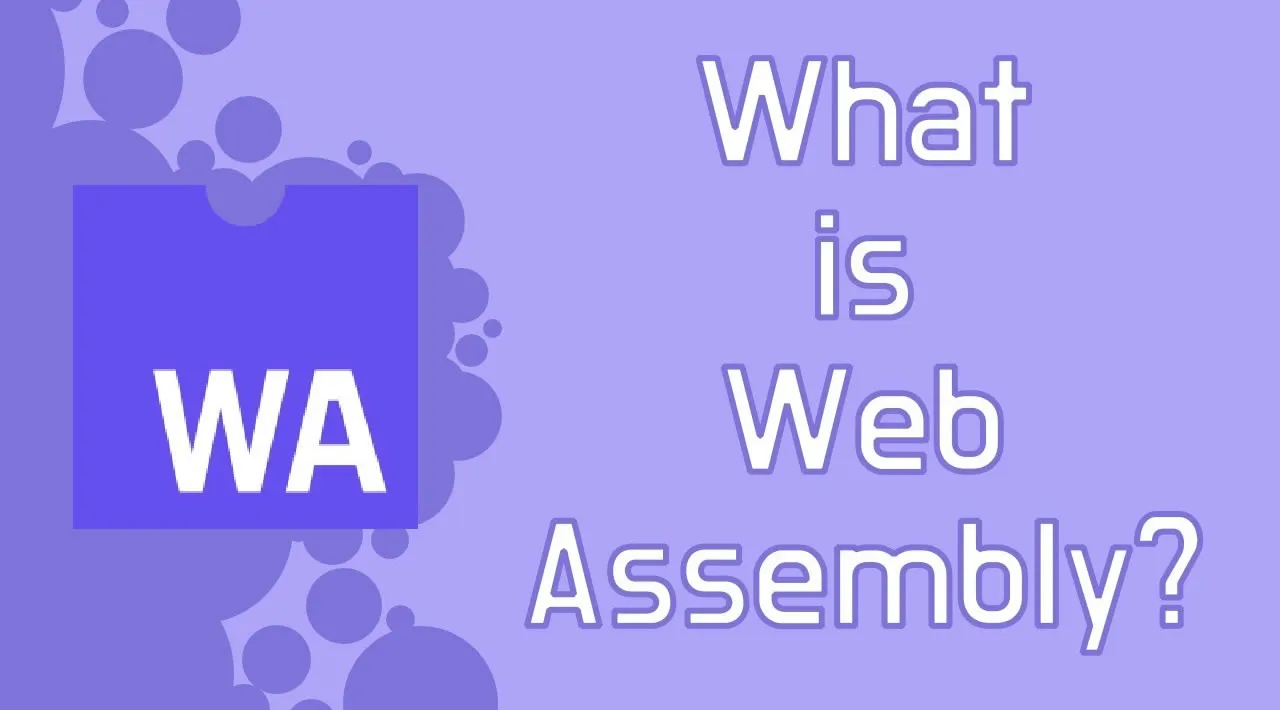WebAssembly is an open, industry-wide collaborative effort to combine the performance and security of an assembly-like language with the convenience of high-level languages. It could spark a revolution in cloud development.
Krustlets. Cloudflare Workers. Open Policy Agent. Shopify Apps. Microsoft Flight Simulator. The web app versions of Adobe Lightroom and Acrobat. WebAssembly (or WASM for short), is starting to show up in a wide range of tools and platforms.
Although WebAssembly brings languages other than HTML, CSS and JavaScript to the browser, it’s not a JavaScript replacement and it takes a very different approach from Flash, Active X plugins and other techniques that encapsulated non-web code for browsers.
Think of it as a small, fast, efficient and very secure, stack-based virtual machine that doesn’t care what CPU or OS it runs on, that’s designed to execute portable bytecode — compiled from code originally written in C, C++, Rust, Python or Ruby — at near-native speed. WebAssembly doesn’t only run in the browser: It started on the client, but is proving very useful on the server.
This is an open, industry-wide collaborative effort to combine the performance and security of an assembly-like language with the convenience of high-level languages. The Bytecode Alliance, set up to create shared implementations of WebAssembly standards, now includes major players like Arm, Intel, Google and Microsoft as well as Mozilla and Fastly — suggesting how widely WASM will be adopted.
“The promise, and excitement, is around a mix of portability and speed,” Fintan Ryan, a senior analyst at Gartner, told The New Stack.
“The specifications themselves are mature and it is in use in a number of areas, from Microsoft’s Blazor toolkit, to some browser applications,” he added. “We also see it being used, in a limited manner, within service mesh, edge devices and some edge processing.”
#webassembly #wasm
